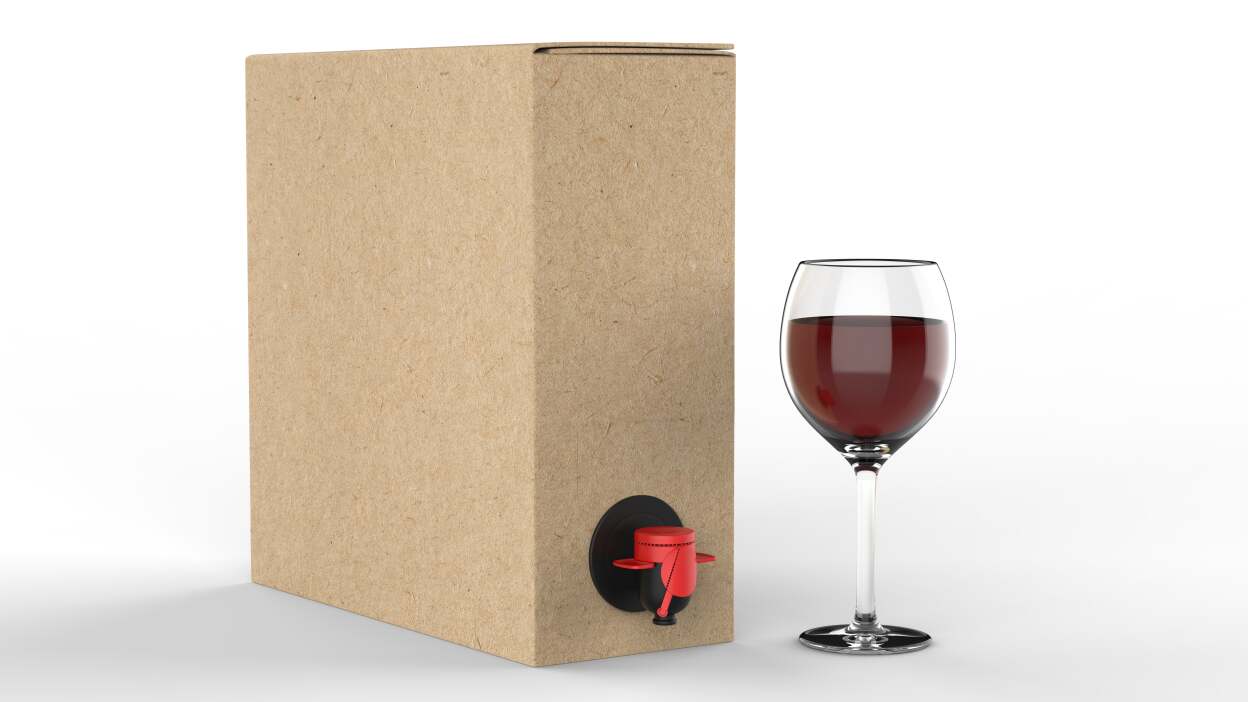Bag-in-box is a small capacity, which represents a package from two or more layers of film. Because of the built-in adapter ring and taking into account physical condition or type of product, there can be put different cranes to its facilities for corking or spillage. Mostly bag-in-box has an outer shell to protect the multi-layer film from damage. A tough shell can be in the form of a barrel, cardboard, or plastic box.
This package can easily replace such usual containers as bottles, metal cans, or barrels and also capacities from thermoplastic. Its main advantage is that because of its lightness it doesn't require complex equipment and much time for packaging. Besides, the convenient package bag-in-box is light enough and has an affordable price.
This package found its application in the food and chemical industry. It can be used in all productions, where transportation or storage of liquid products such as chemicals or cleaners, paints, or glue is necessary.
What about the food industry, package can be used both for aseptic and non-aseptic filling. Bag-in-box with volume from 200 to 1200 Lt can be used as an industrial package for fruit puree, tomato paste, butter fat, and others. Package with volume up to 25 Lt is often used by bars and restaurants for transportation and filling of juices, wine, sauces, and dairy products. Bag-in-box of small capacity, the volume of which is from 2 to 5 Lt will be good for retail packaging of sunflower oil, wine, fruit and vegetable juices, and other liquids.

BIB is the abbreviation of the bag in box. The package is composed of a flexible bag body made of various materials and an external box made of cardboard. The bag body is equipped with a tap-like switch, which is convenient to open and take out. The unique design can let the liquid flow out and prevent the air from entering, thus prolonging the storage time of products.
Six advantages of bag-in-box packaging:
First of all, the bags in boxes can adopt different material formulas according to the performance requirements of different fields of liquid, so as to ensure the rationality, economy, safety, and reliability of packaging.


 中文简体
中文简体 英语
英语 西班牙语
西班牙语 俄语
俄语 葡萄牙语
葡萄牙语 法语
法语 德语
德语 意大利语
意大利语


















